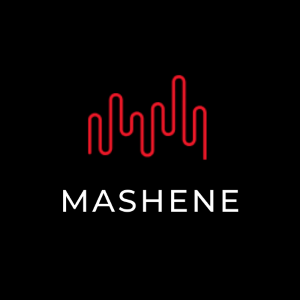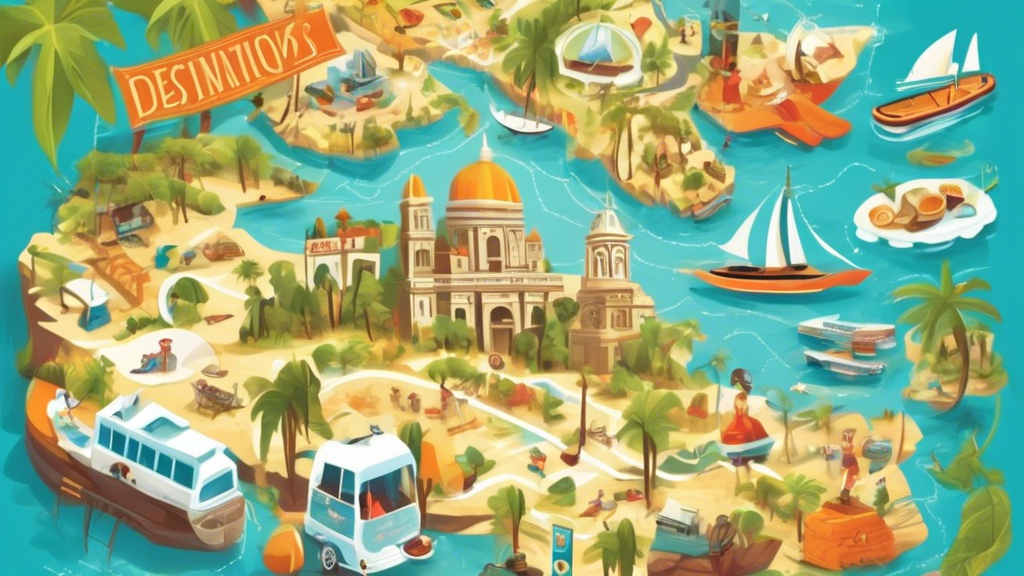Graphical Destination Pages: A Modern Approach to Web Design
In the fast-evolving world of web design, the concept of graphical destination pages has gained substantial momentum. These pages represent a modern approach to creating visually appealing, user-friendly interfaces intended to guide visitors towards a specific destination or action. Whether for a marketing campaign, an informational landing page, or an e-commerce product showcase, graphical destination pages can significantly enhance user experience and engagement.
What Are Graphical Destination Pages?
Graphical destination pages are specifically designed web pages that utilize visual elements like images, icons, infographics, and videos to communicate information and drive user actions. Unlike traditional text-heavy pages, graphical destination pages focus on a visually rich presentation to effectively capture user attention and facilitate easier navigation. The primary aim is to deliver a visually compelling narrative that guides the visitor towards completing a desired action, such as making a purchase, signing up for a newsletter, or exploring additional content.
Key Elements of Graphical Destination Pages
To create an effective graphical destination page, certain key elements should be included:
1. Visual Hierarchy
A well-defined visual hierarchy ensures that the most important information is prominently displayed. Elements like size, color, and placement play a crucial role in creating a structured layout that directs user attention to key areas.
2. High-Quality Images and Graphics
High-quality images and graphics help to create a professional and polished appearance. They can evoke emotions, convey messages quickly, and make the page more attractive and engaging.
3. Clear Call-to-Action (CTA)
A strong call-to-action is vital on graphical destination pages. Whether it’s a button to Buy Now, Learn More, or Subscribe, the CTA should be prominently placed and clearly communicate the next step for the user.
4. Responsive Design
Responsive design ensures that the graphical destination page displays well on various devices, including desktops, tablets, and smartphones. This adaptability is crucial in today’s mobile-centric world.
5. Consistent Branding
Consistent use of branding elements such as logos, colors, and typography helps in creating a seamless and familiar user experience that aligns with the overall brand identity.
Benefits of Graphical Destination Pages
Graphical destination pages offer several benefits that make them an effective tool in web design and digital marketing:
1. Enhanced Engagement
Visual content is more likely to capture and retain user attention compared to text-heavy content. This enhanced engagement can lead to better user interaction and higher conversion rates.
2. Improved User Experience
By presenting information in a visually appealing and easily digestible format, graphical destination pages improve the overall user experience. This leads to increased satisfaction and a lower bounce rate.
3. Better Information Retention
Visual elements help users remember information more effectively. Infographics, videos, and images can make the content more memorable, aiding in long-term retention.
4. Faster Communication
Graphical elements can convey complex information quickly and efficiently. This is particularly useful in scenarios where users need to grasp key points rapidly, such as in product showcases or promotional campaigns.
Examples and Use Cases
Graphical destination pages can be used in a variety of contexts, with some notable examples including:
1. E-commerce Landing Pages
E-commerce websites often use graphical destination pages to highlight featured products, special offers, and seasonal promotions. These pages are designed to entice visitors to make a purchase by presenting product images, reviews, and CTAs in an attractive layout.
2. Event Promotion
For events such as conferences, concerts, or webinars, graphical destination pages can provide all necessary information, including dates, venues, speakers, and registration details, in a visually engaging manner.
3. Portfolio Showcases
Freelancers, artists, and agencies use graphical destination pages to showcase their work. High-quality images, project descriptions, and client testimonials are prominently displayed to attract potential clients.
Conclusion
Graphical destination pages represent a powerful and versatile tool in modern web design. By leveraging visual elements to create engaging, user-friendly interfaces, these pages can effectively communicate messages, enhance user experience, and drive desired actions. Whether you are launching a marketing campaign, promoting an event, or showcasing a product, incorporating graphical destination pages into your web strategy can provide significant benefits and contribute to the overall success of your online presence.

